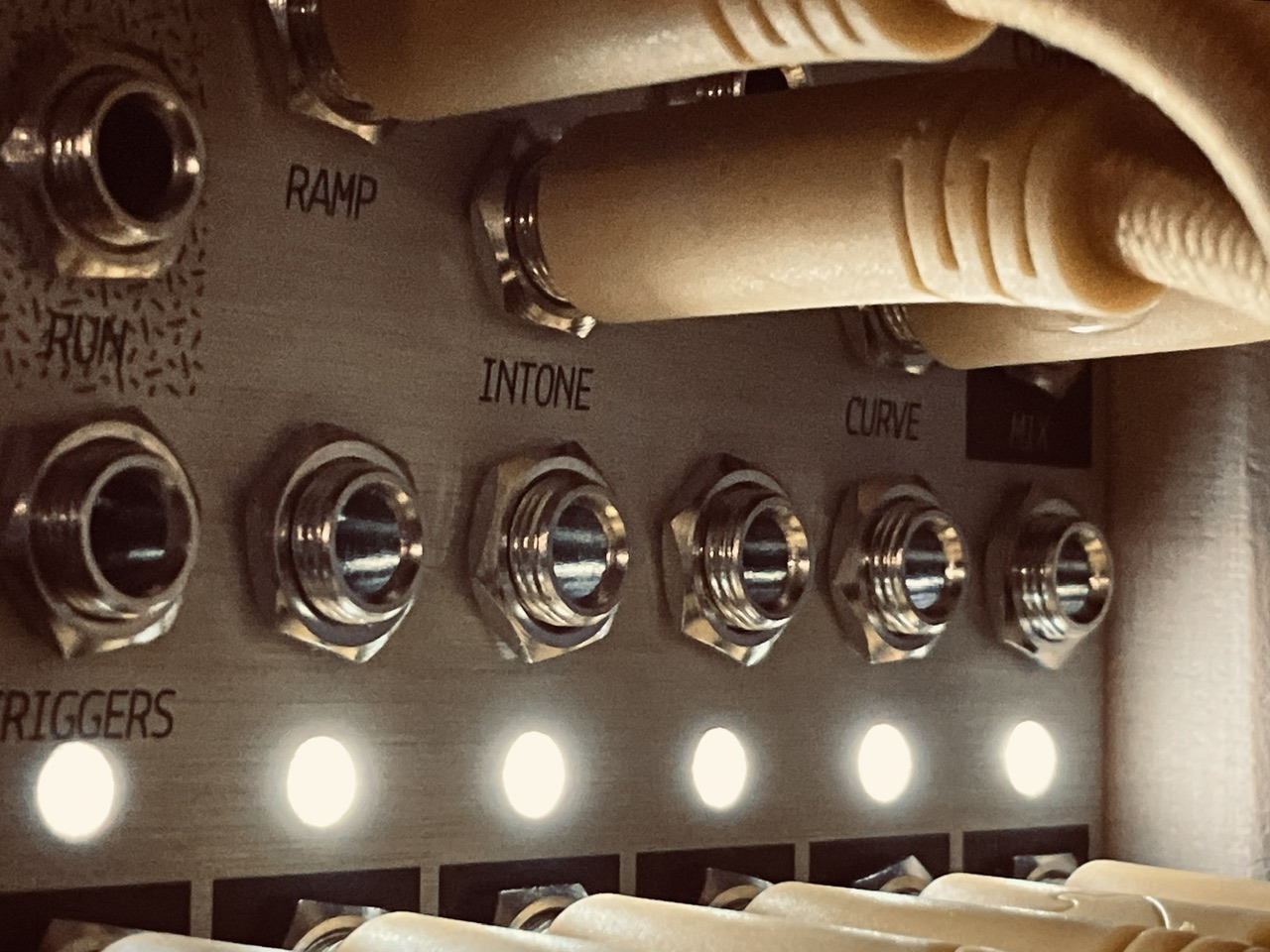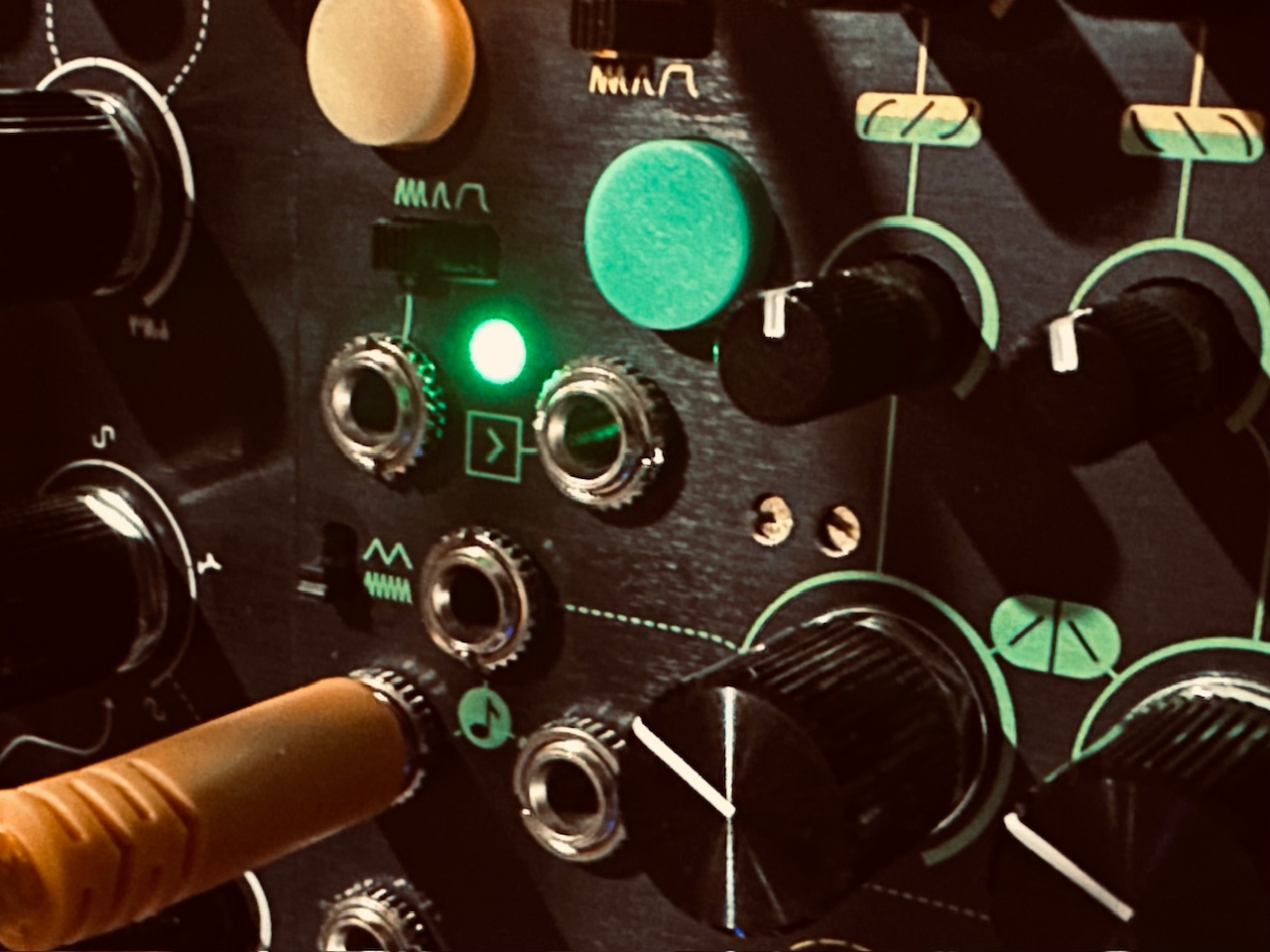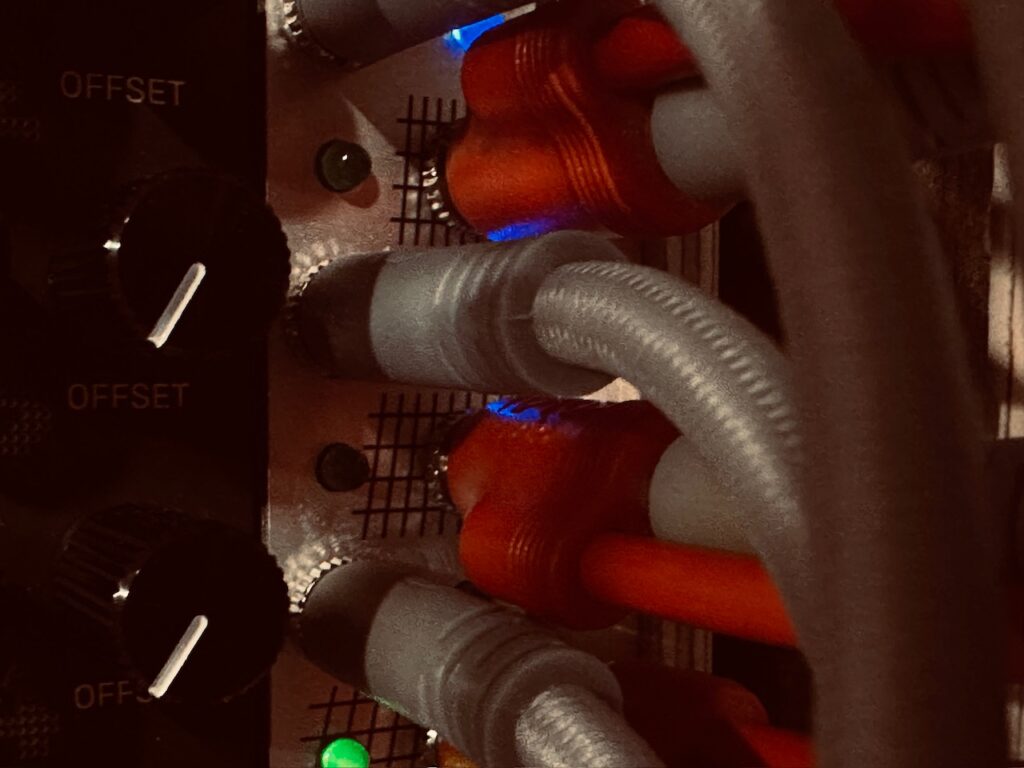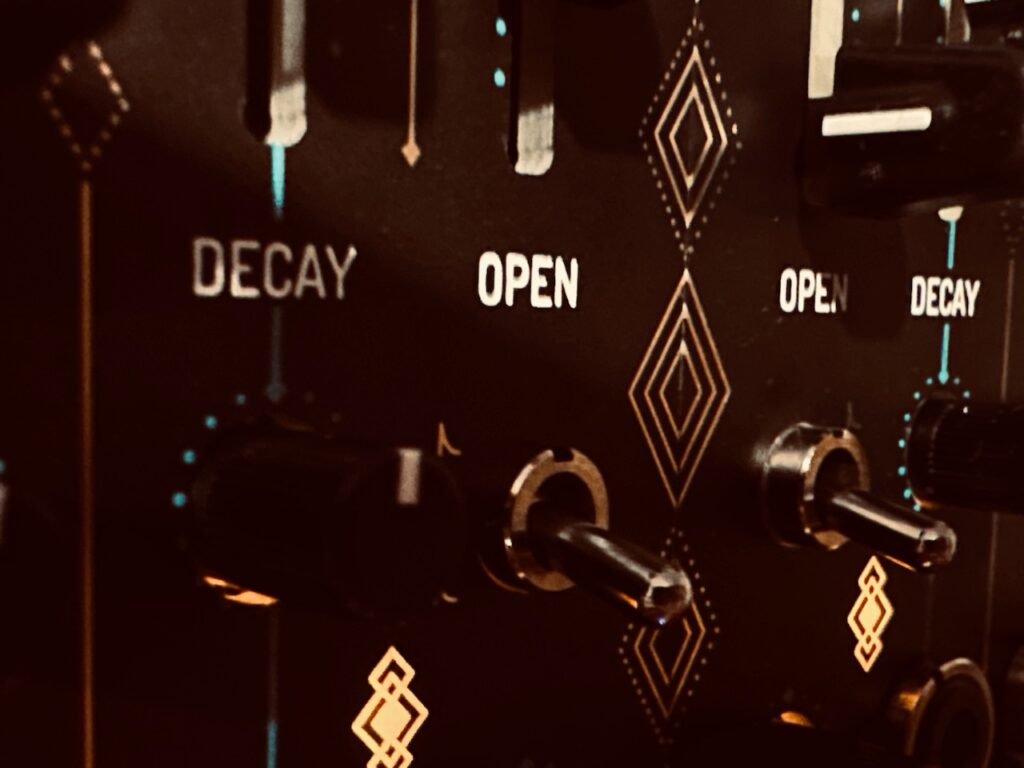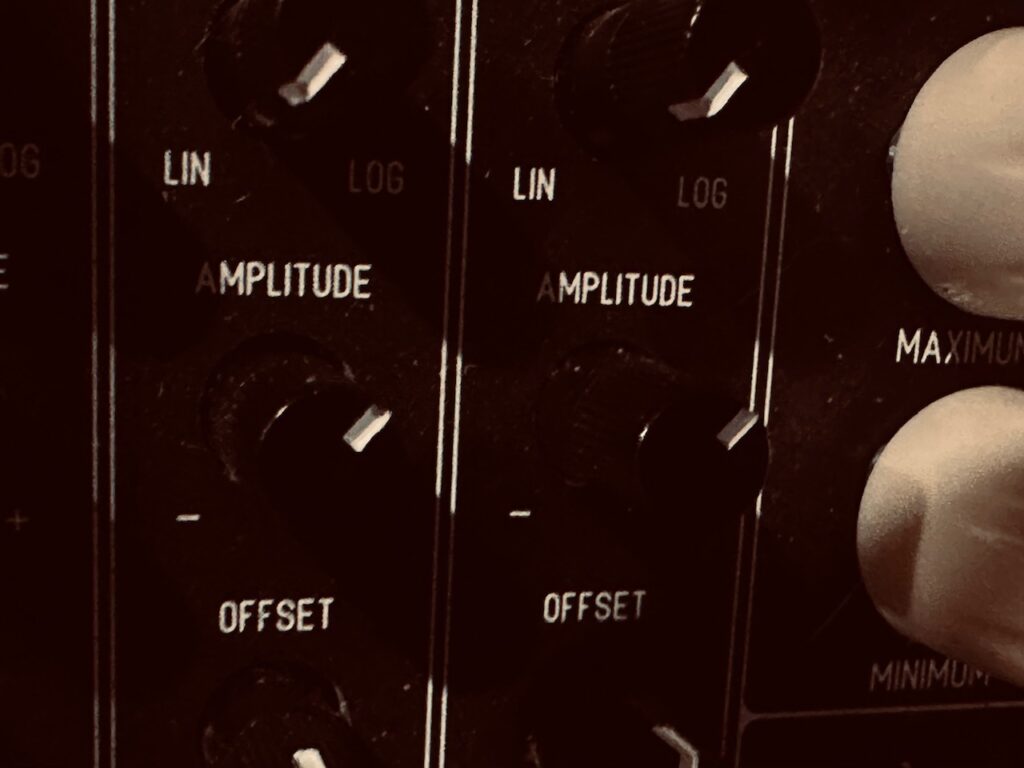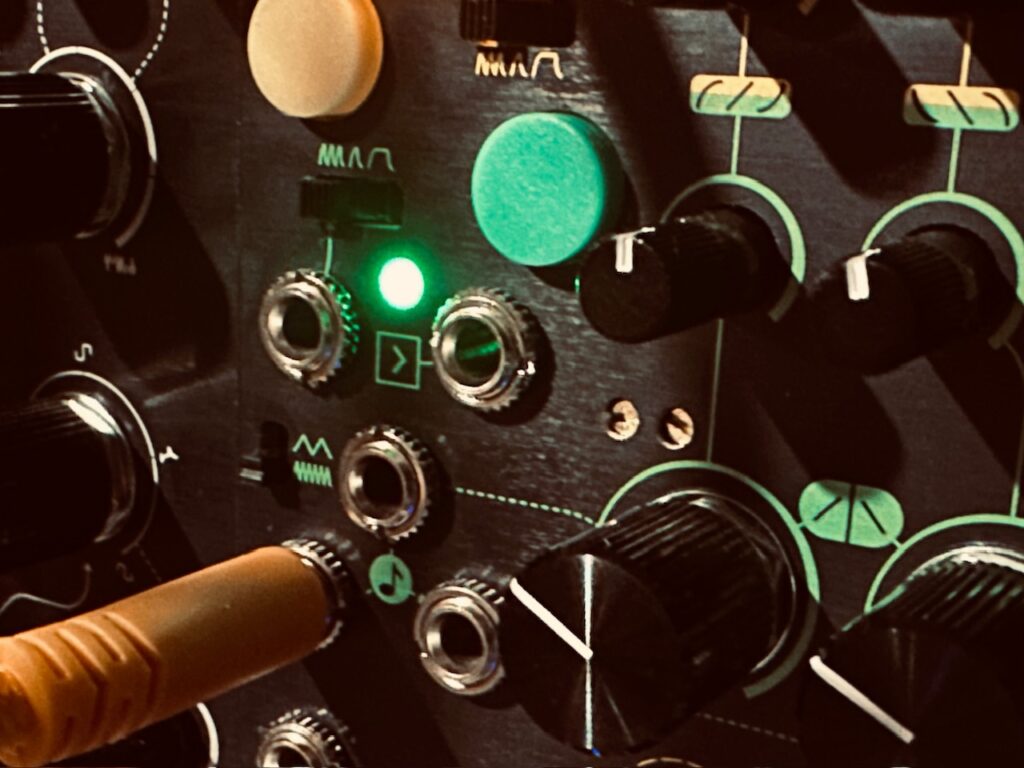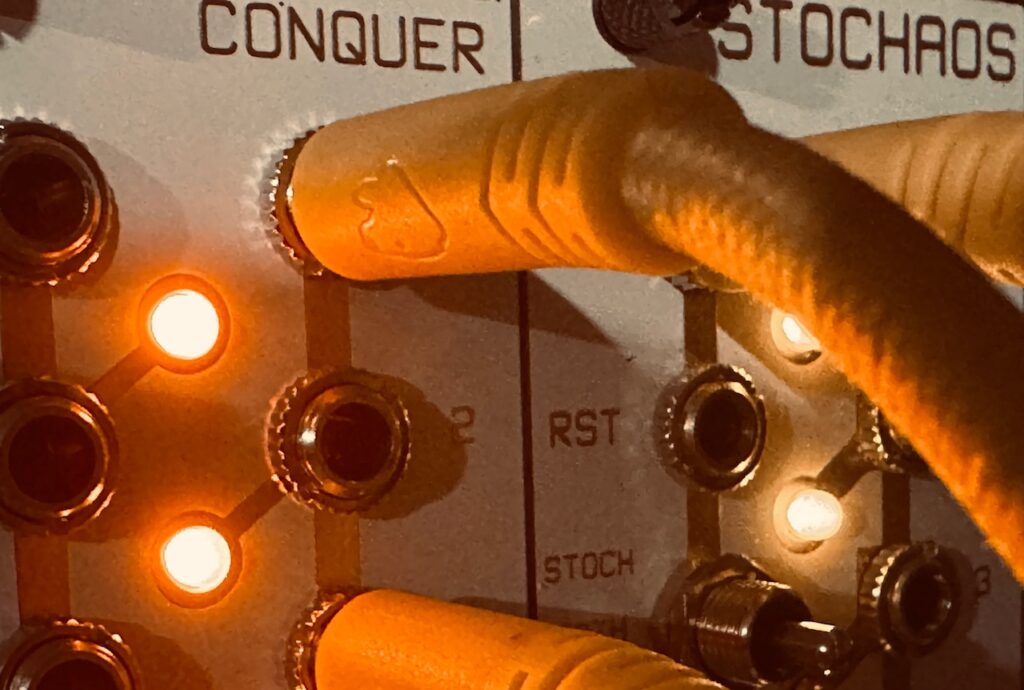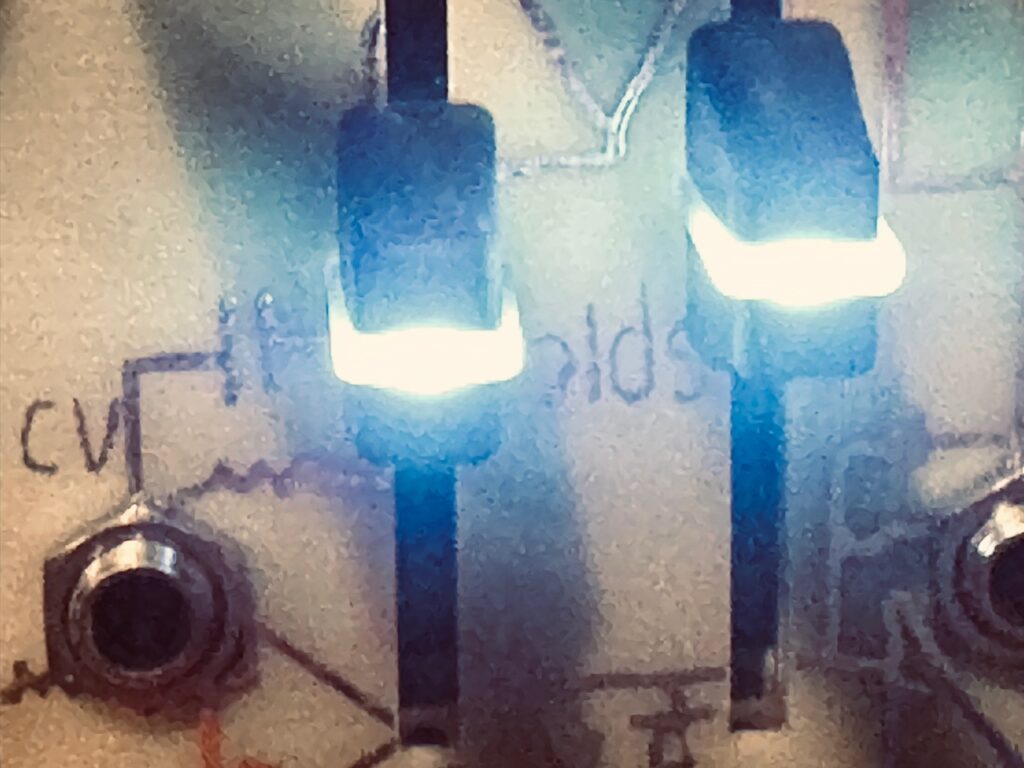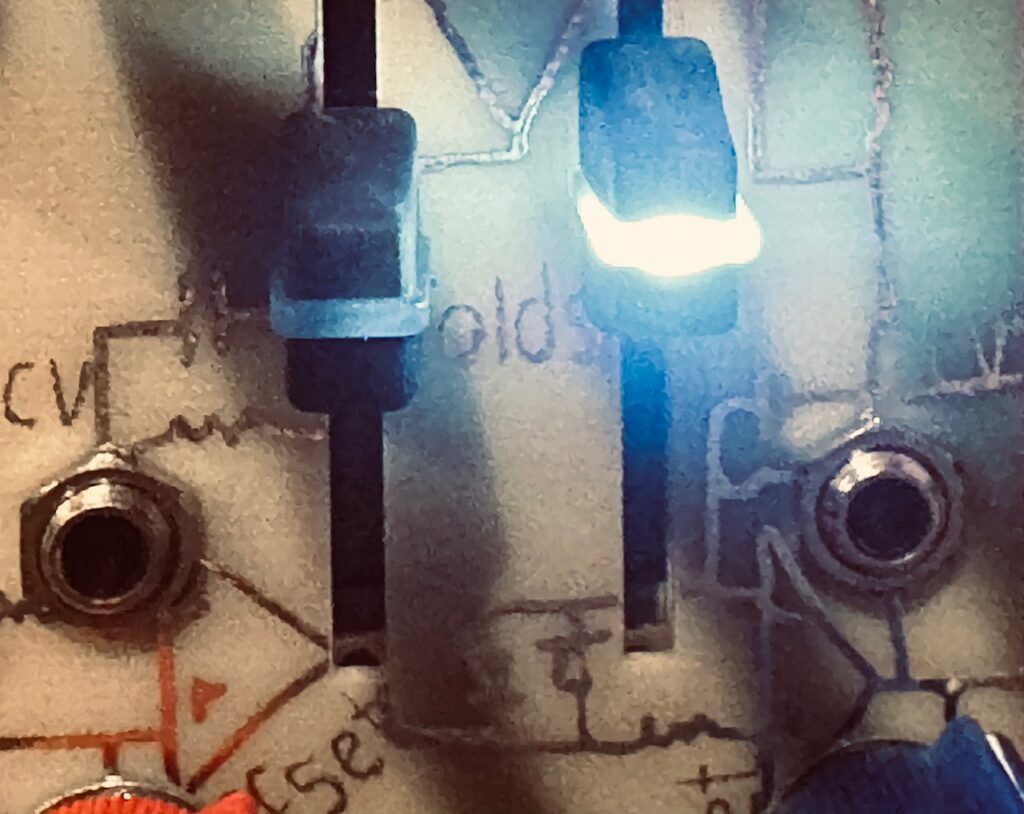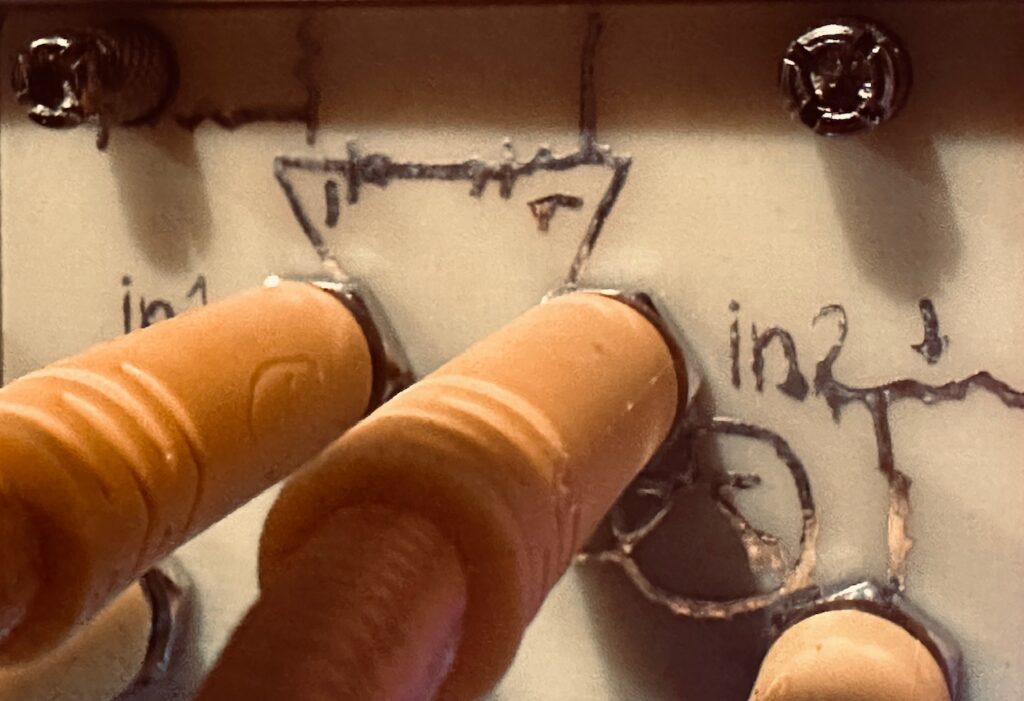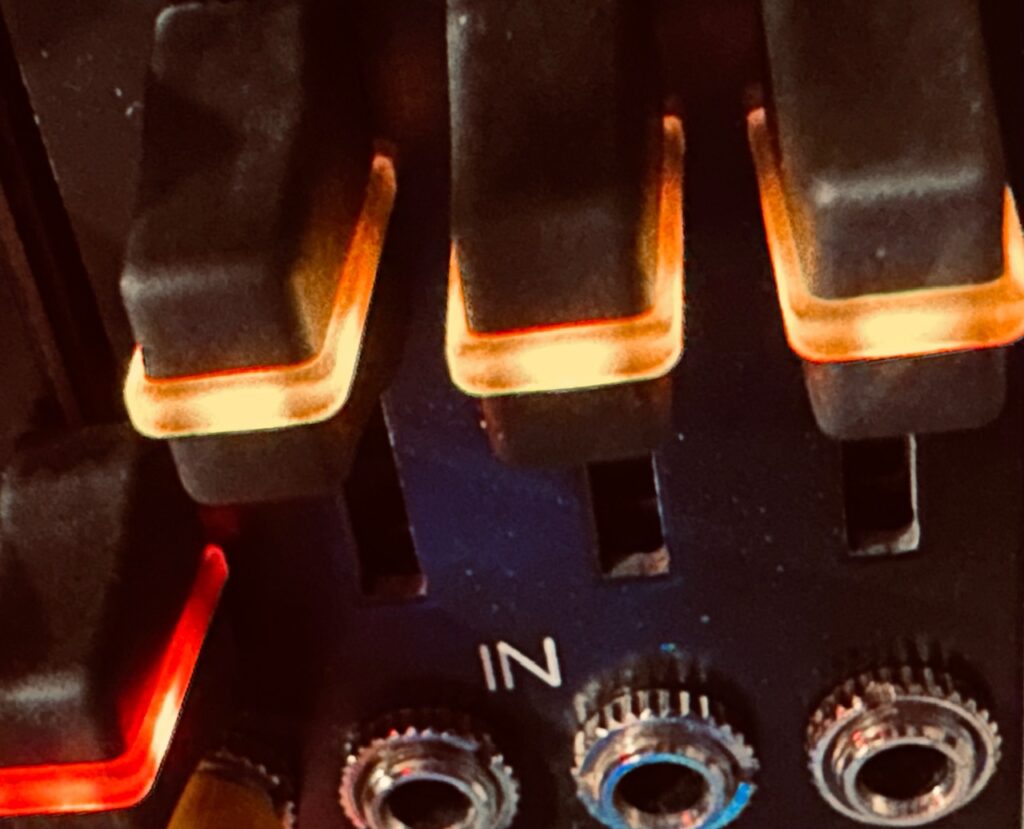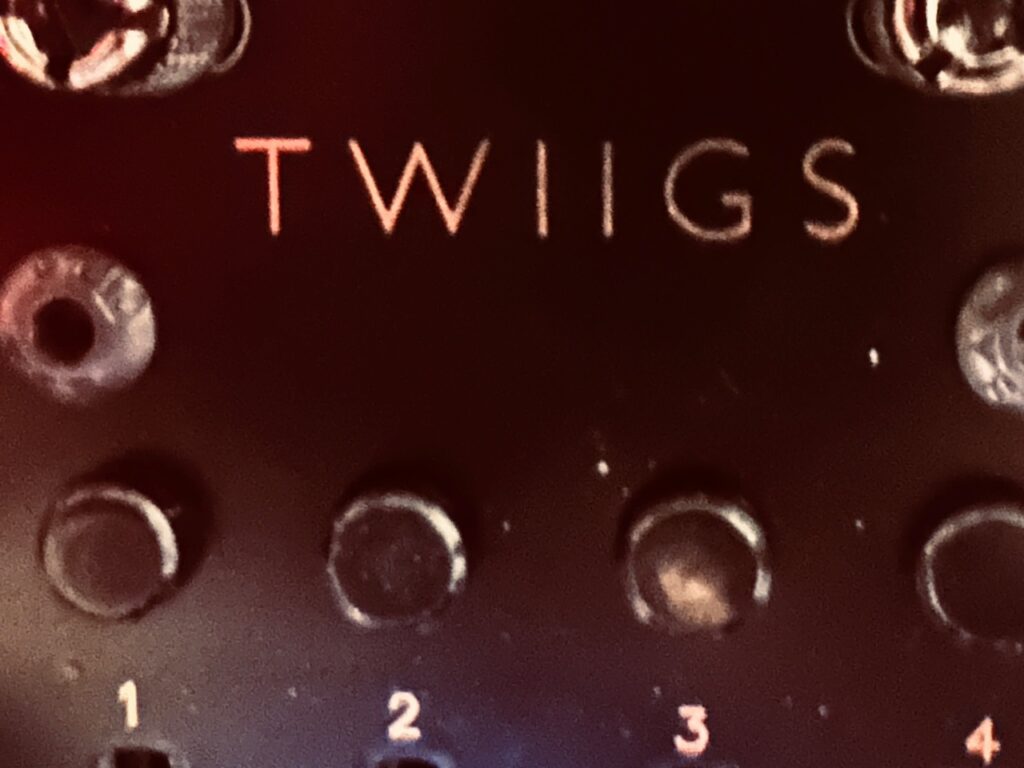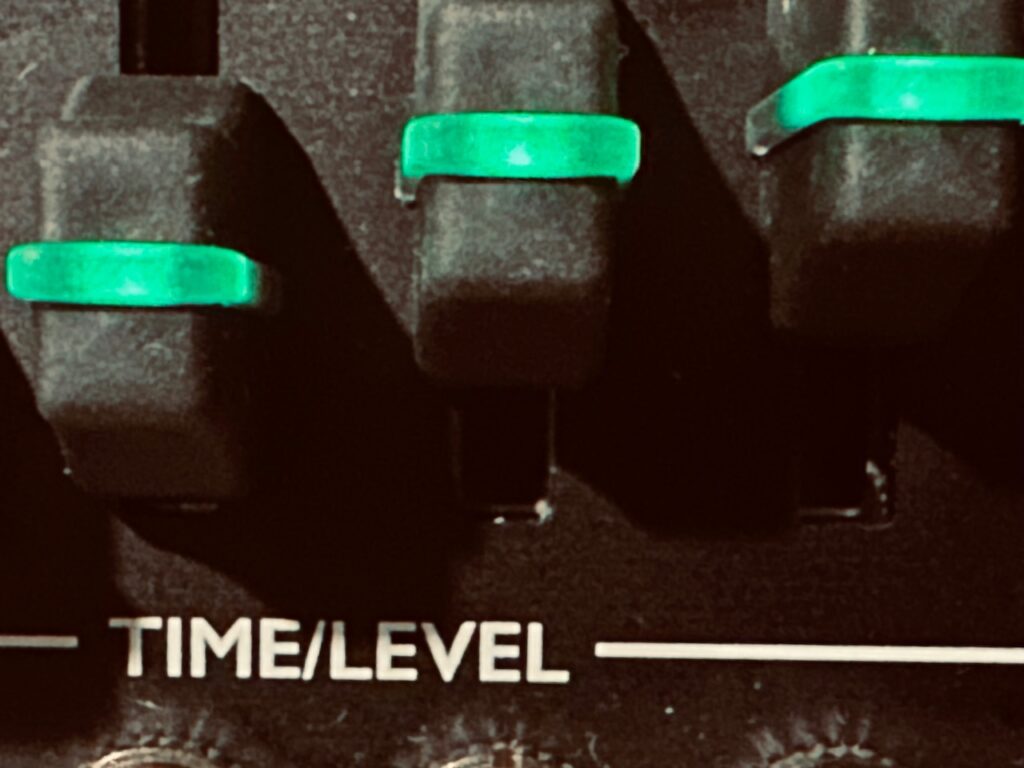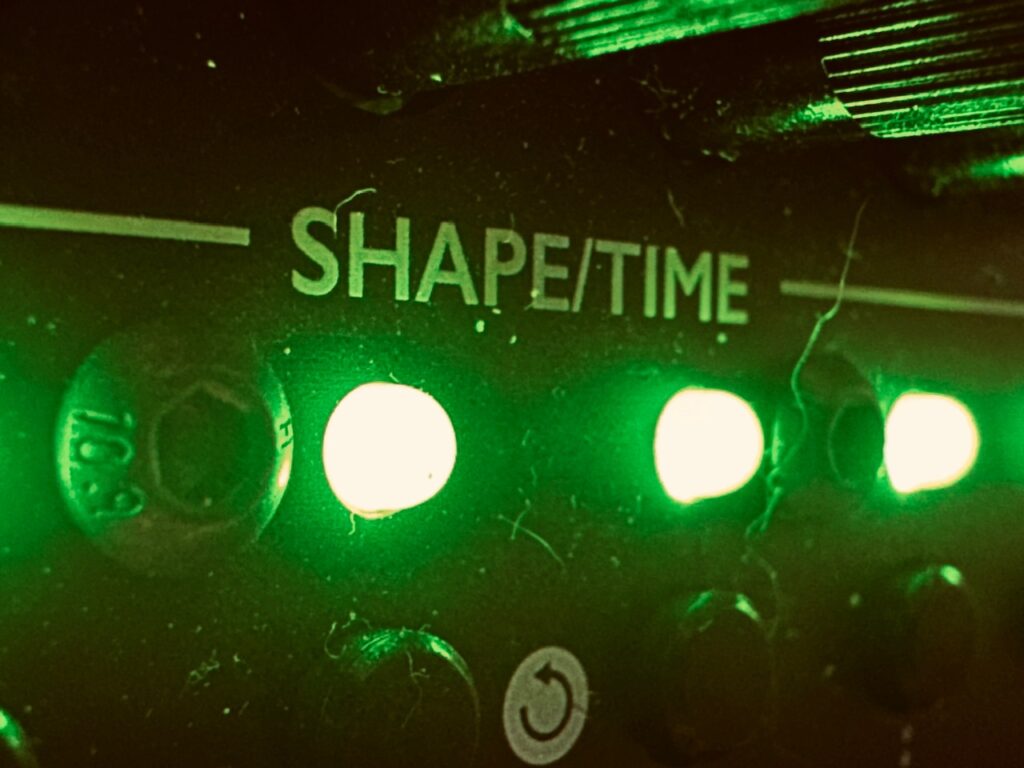Today’s Jamuary was hard. I’m tired, and I made the fatal mistake of waiting until the last minute. The result isn’t bad. I actually like it, even if I’d make changes in a future revision. But in the spirit of using some unfamiliar gear during Jamuary, I ran into unfamiliar problems. I couldn’t find a filter I liked, had a hard time choosing delays, and had to patch and re-patch several times, only to arrive at a fairly simple audio chain and control scheme. I made dumb mistakes that hampered the effort and made it much more difficult than it should be.
Jamuary 2513 and 2514 were both rhythmic driven patches, and cool as they were, I was ready for something slow today. Up in the top right corner of my synth (as it’s currently configured) sits the revered Mannequins Just Friends. I haven’t had it too long, perhaps three or four months, but I hadn’t had the occasion to use it yet and I figured there’s no better time than right now to pop that particular cherry. Though I know Just Friends is many things, including a harmonic oscillator, I wanted to try its modulation capabilities during my premier with it. From all reports, it’s utterly fantastic in that role. So I set it at a slow yet still moving Time, and let it loose. The Hypster, via De-Escalate, modulated both Intone and Curve to keep the movement of each function in constant flux.
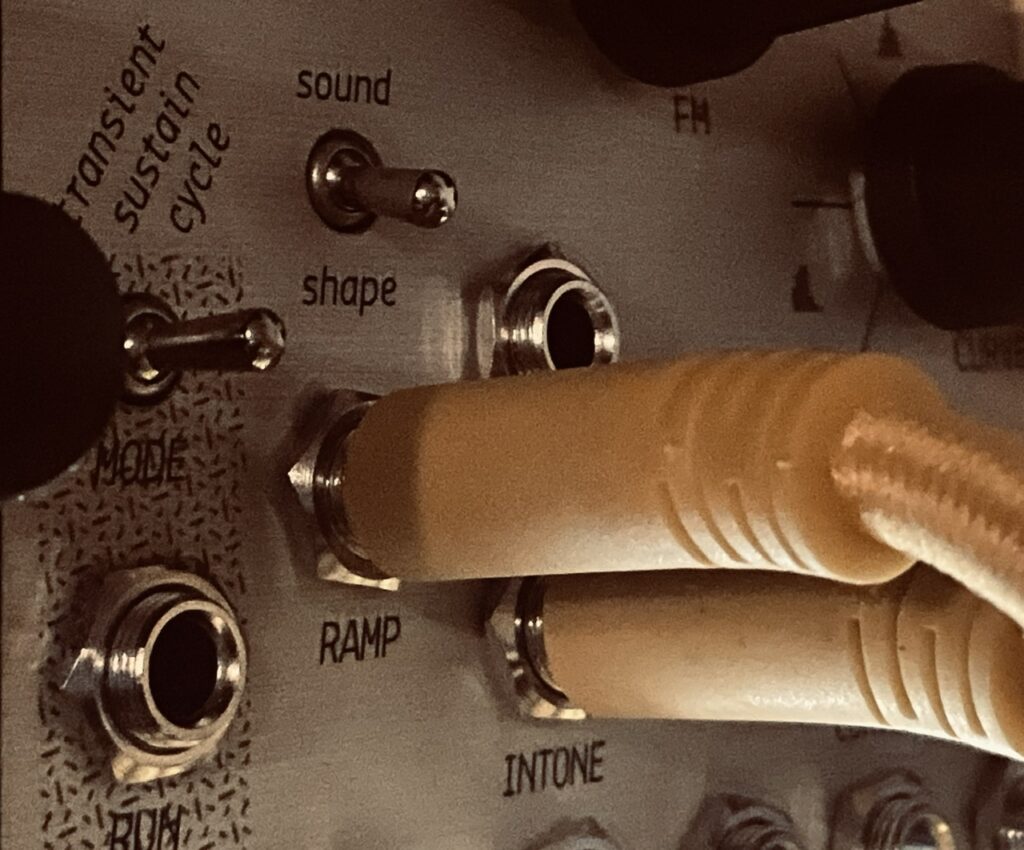
I thought about using virtually every multi-oscillator module I had. The E370, Falistri(s), 4Vox, CUNSA, Harmonic Oscillator, Quad Operator, and several others. But for some reason, I settled on using a Calsynth Changes, a very excellent 1:1 Mutable Instruments Stages clone, in Harmonic Oscillator (AKA Ouroboros mode). It’s not really a conventional choice for use as an oscillator, though it does the job great, and has the added benefit of having exactly six oscillators with six shapes (I used triangle waves), conveniently matching the six outputs of Just Friends.
Initially I tried to control the levels of each oscillator directly on Changes, but it doesn’t work great that way, so I opted to patch each output to a individual VCAs to be modulated by Just Friends, with the odd harmonics left and the even harmonics right. The output goes directly to the Bizarre Jezabel Mimosa, then Quarté Mk2 for a bit of lo-fi-ification. I had two looping triangle envelopes modulating time on both delay channels for some vibrato (even if I couldn’t hone in the modulation to my satisfaction), and, as the performance progressed, fed a slow looping stochastic function from the Addac506 to Mimosa’s wet/dry CV input. The noisy delay made Mimosa superfluous in some ways, but the effect is still nice, though probably not necessary, especially since I was also overdriving the VCAs with hot envelopes and, for much of the performance, with the attenuator wide open.
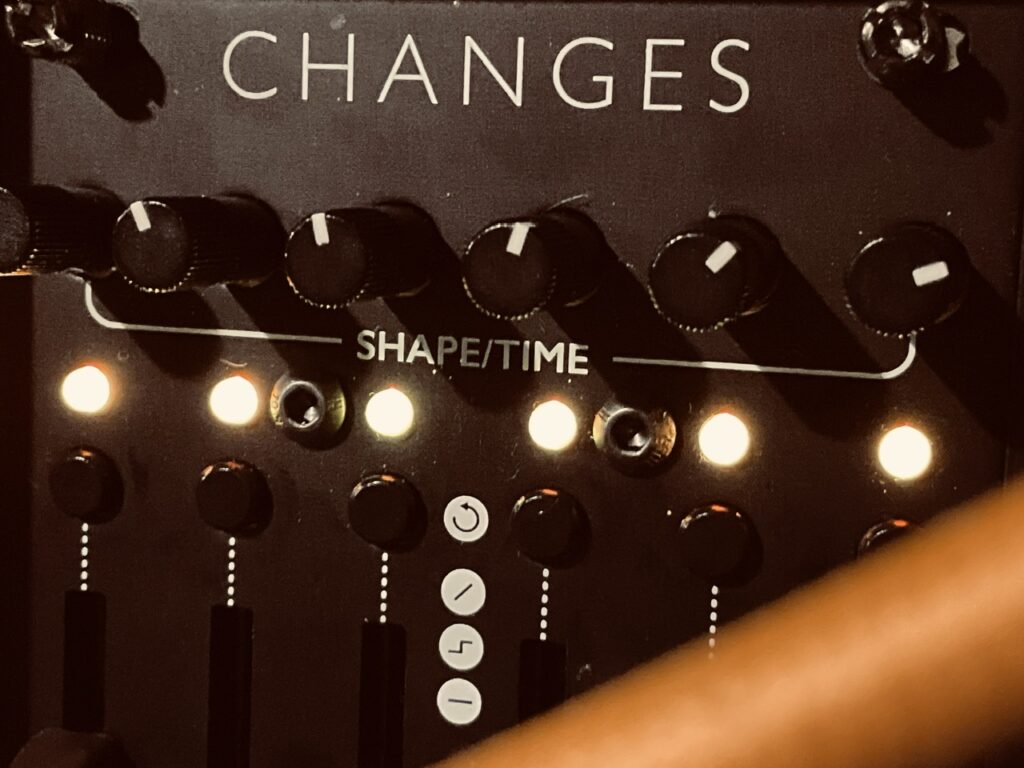
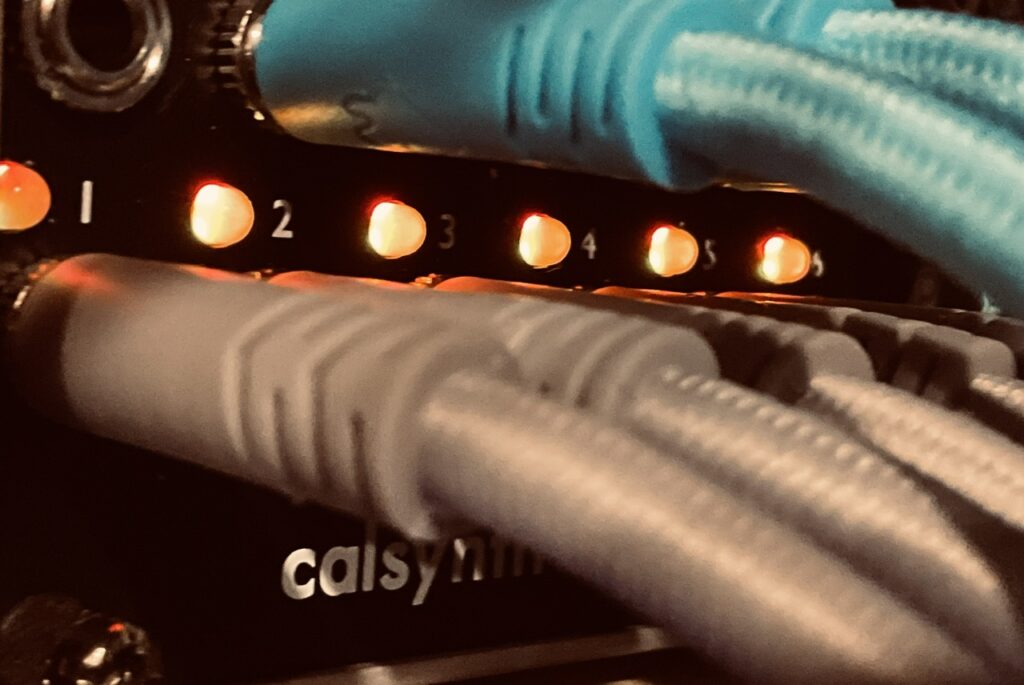
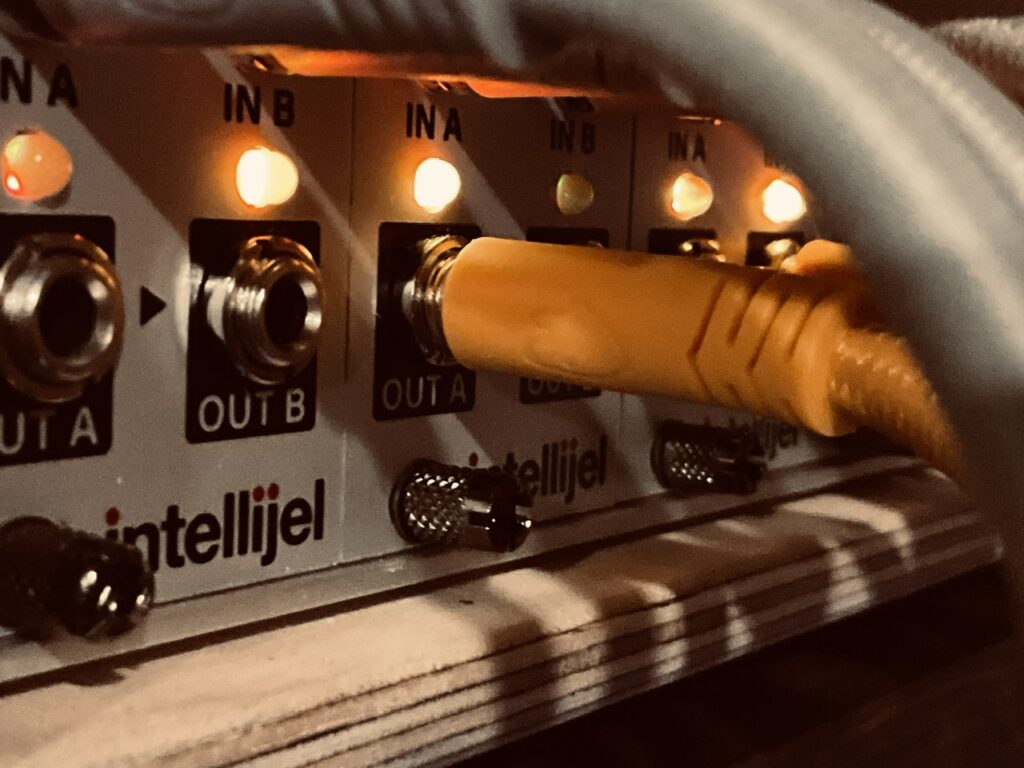
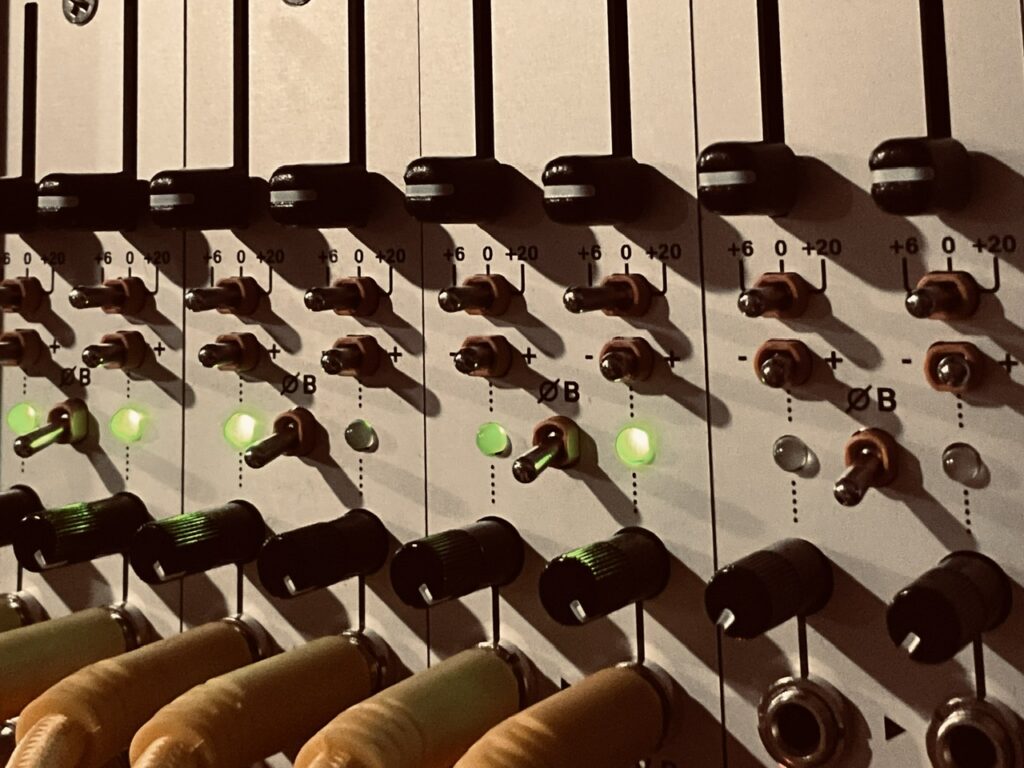
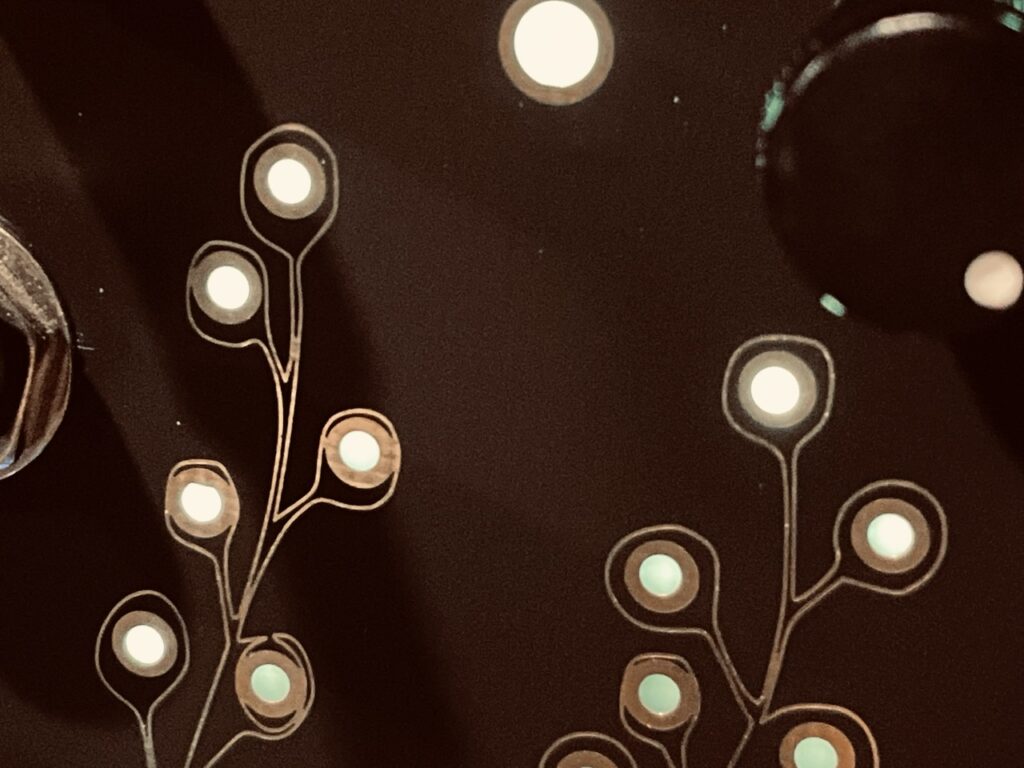
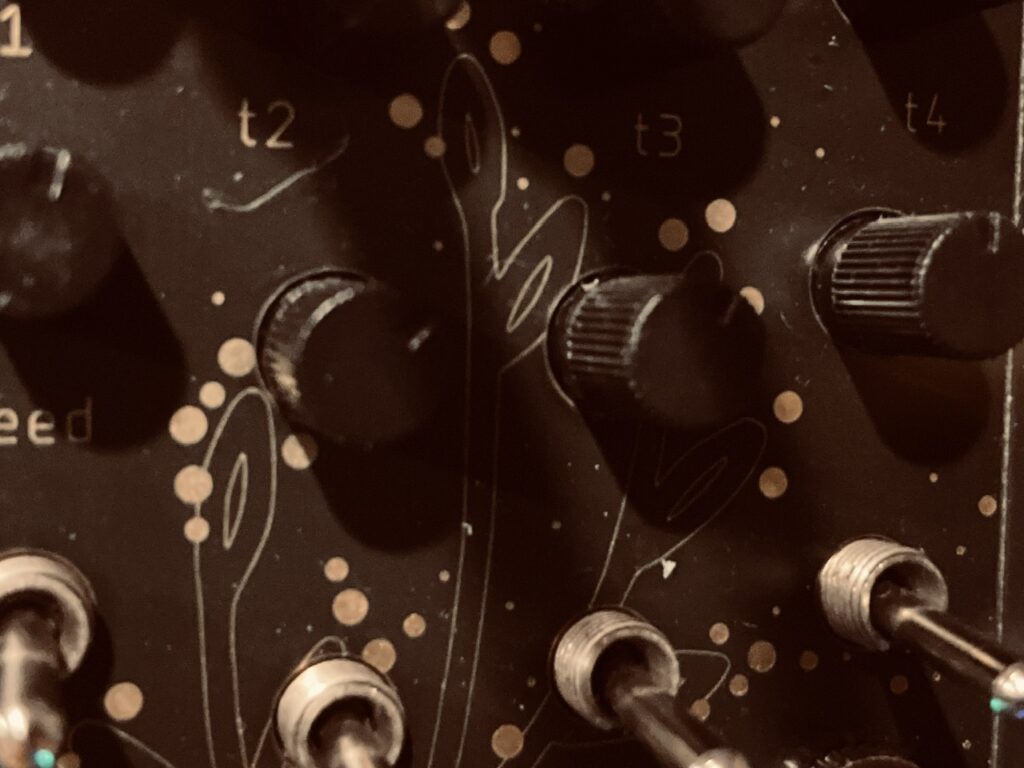
As a last minute addition, I also added a send to the Dradd brothers (in Grain mode) for some more gritty texture. This patch is full of texture. I tried to send the Dradd(s) through a delay, but couldn’t find one I liked quickly enough, and so abandoned the idea and ran it straight to the mixer for some reverb treatment.
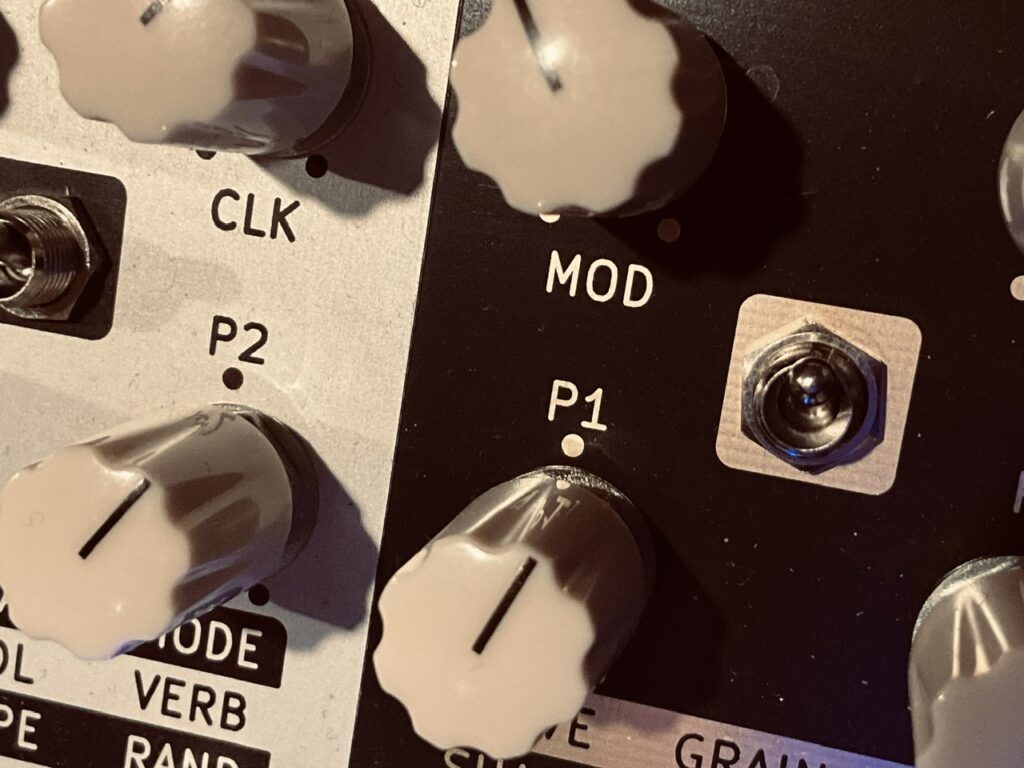
The result is a pretty epic drone, perhaps a bit reminiscent of Alessandro Cortini (if I may be so bold), especially with the signature noisy PT2399 sound from the delay chips.
Modules Used:
Mannequins Just Friends
Calsynth Changes
Bizarre Jezabel Mimosa
Bizarre Jezabel Quarté Mk2
Pladask Elektrisk Dradd(s)
Nonlinearcircuits The Hypster
Nonlinearcircuits De-Escalate
Intellijel Amps
AI Synthesis 018 Stereo Matrix Mixer
Addac Systems Addac506 Stochastic Function Generator
Knob Farm Ferry
Outboard Gear Used:
Walrus Audio Slöer
Performed and recorded in 1 take in AUM on iPad via the Expert Sleepers ES-9.

